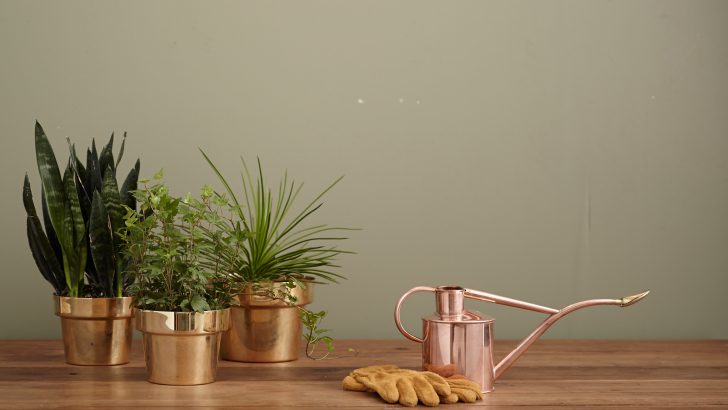Green Fingers
“I’ve lived in small rooms, flats, growing plants in pots on window sills. I’ve had liked to have had a full-hedged garden with all kinds of flowers and plants. I’ve never had enough money to buy a big enough garden space.” – Ruskin Bond.
The above quote from the great author/poet is something many people can say about themselves. It doesn’t matter whether you have a few pits in the window or a luxuriant garden room, whatever the size of your plant collection or your house, plants add a bright new dimension to your living space. They will improve your health, both mental and physical. In fact there are no down sides to growing house plants except when we let them die.
And we do let them die, they don’t do it on their own. Your hall or living room is not the ideal place for them to grow.
Therefore, you can’t just leave them to look after themselves. Each plant needs some care and each variety has its own particular requirements. Anyone can grow house plants, it’s just a matter of providing the right growing conditions for the type you have. There is an almost limitless choice of plants for indoor use. What you choose must be partly governed by the conditions you can provide but since most plants are surprisingly adaptable there remains a large choice for any type of environment.
There are no rules for the kinds of plants you can use to enhance your living space, it’s a matter of personal taste. There are however some guidelines. First of all, select a plant that suits normal home conditions. Don’t try to make plant or home satisfy difficult requirements. Scale and proportion: choose one that fits the space. Remember they grow! The room colour scheme and type of furnishings should also be considered.
Indoor plants are totally dependent on you to provide food, water, and the proper growing conditions (light and temperature). Before buying any plant find out its need and whether you can supply it to them. This avoids the disappointment of them dying. They are more likely to die from overwatering than underwatering. The best way to water is from below in a saucer, but never leave it standing in water for more than an hour. The advantages of this method is it avoids wetting the leaves which encourages moulds and when water is absorbed from below the moisture reaches all of the potting mix. Feed plants according to instructions or food container and no more. House plants have a rest period in winter, reduce water and no food during winter months.


 Paul Gargan
Paul Gargan